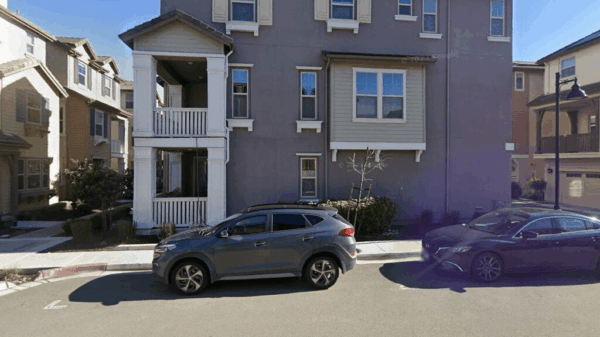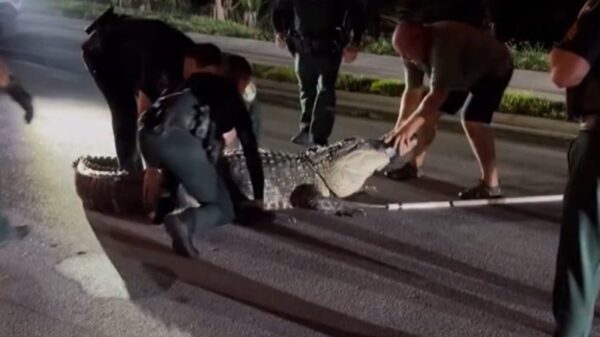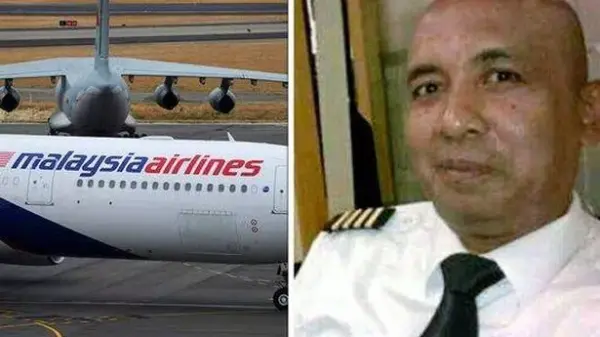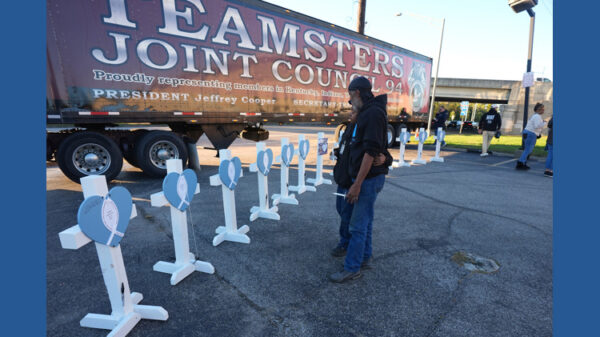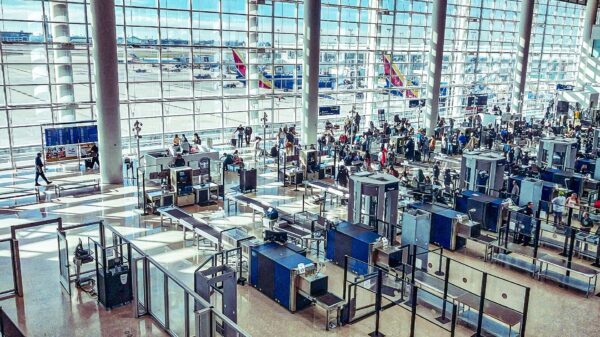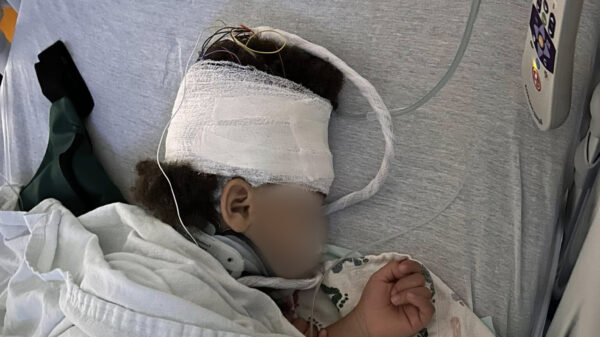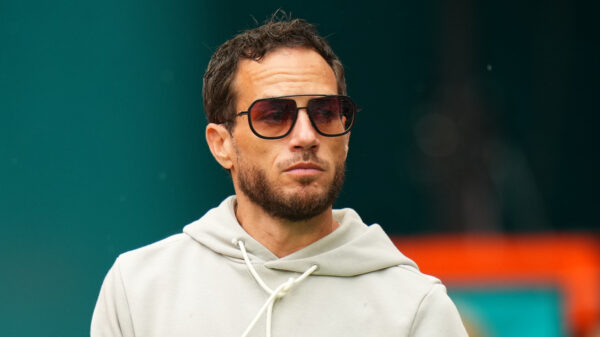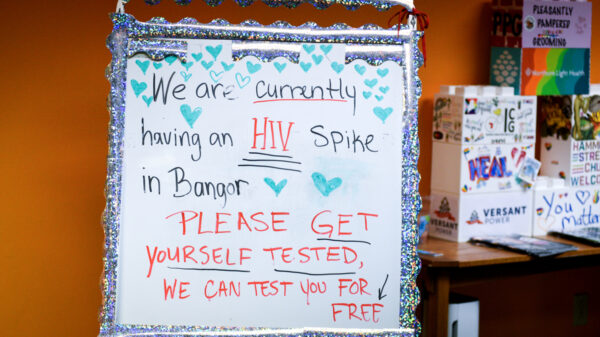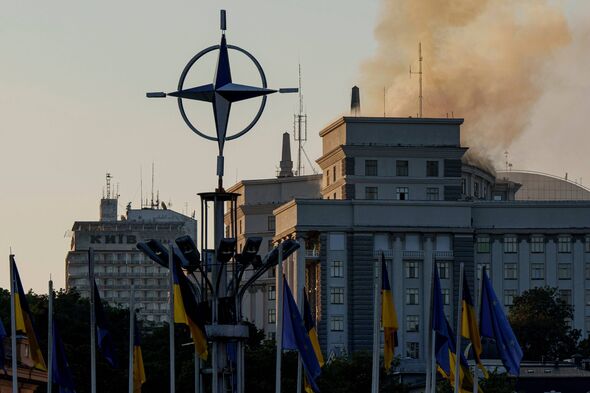In a significant escalation of its military campaign, Russia conducted a record drone attack on Ukraine on March 17, 2024. The assault, which involved over 800 drones and missiles, targeted various locations across Ukraine, including the capital city, Kyiv. The attack resulted in at least two fatalities, with emergency responders working through the aftermath as smoke rose from a government building.
According to **Yuriy Ihnat**, a spokesperson for Ukraine’s Air Force, this was the largest drone strike launched by Russia since the onset of the full-scale invasion. The assault included the deployment of **805 drones** and decoys, alongside **13 different types of missiles**. Ukrainian defenses were able to intercept **747 drones** and **4 missiles**, showcasing a significant response to the aerial threat.
NATO’s Response and Ground Damage
In light of the extensive aerial assault, NATO scrambled fighter jets over Poland, which borders Ukraine, to maintain vigilance against further incursions. Ground-based air defense and radar reconnaissance systems were placed on maximum readiness. The attack saw **nine missile hits** and **56 drone strikes** across **37 locations** in Ukraine, with debris from downed aircraft landing in eight areas.
The drone strike inflicted notable damage in Kyiv, particularly on the roof of the Cabinet of Ministers building. While it remains uncertain if the damage came from a direct hit or debris, this incident represents a troubling shift in Russian tactics, as government buildings in the city center had previously been spared.
Ukrainian officials reported that the attack resulted in **two deaths** and **15 injuries**, including a tragic loss of a one-year-old child, whose remains were recovered from the debris. **Yulia Svyrydenko**, Ukraine’s Prime Minister, expressed her devastation, stating, “For the first time, the government building was damaged by an enemy attack, including the roof and upper floors.” She emphasized the need for the international community to respond to such acts of aggression with decisive actions, particularly by strengthening sanctions against Russia’s oil and gas sectors.
International Implications and Ongoing Conflict
This latest assault marks the second large-scale bombardment of Kyiv within a fortnight, as the likelihood of peace negotiations continues to fade. The strike occurred amid increasing calls from European leaders for Russian President **Vladimir Putin** to engage in dialogue to end the conflict. Notably, **26 of Ukraine’s partners** have agreed to deploy a reassurance force to support Ukraine once hostilities cease.
Ukrainian President **Volodymyr Zelenskyy** has expressed his readiness to meet with Putin to discuss peace, while also urging **U.S. President Donald Trump** to impose stricter sanctions on Russia to compel an end to the ongoing war. As the situation evolves, the international community remains watchful of both the military developments and diplomatic efforts aimed at resolving the conflict.



